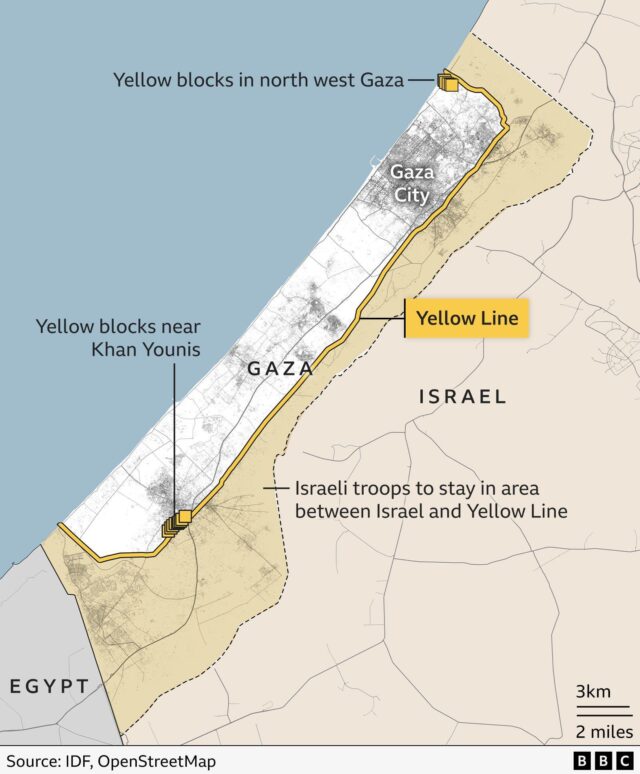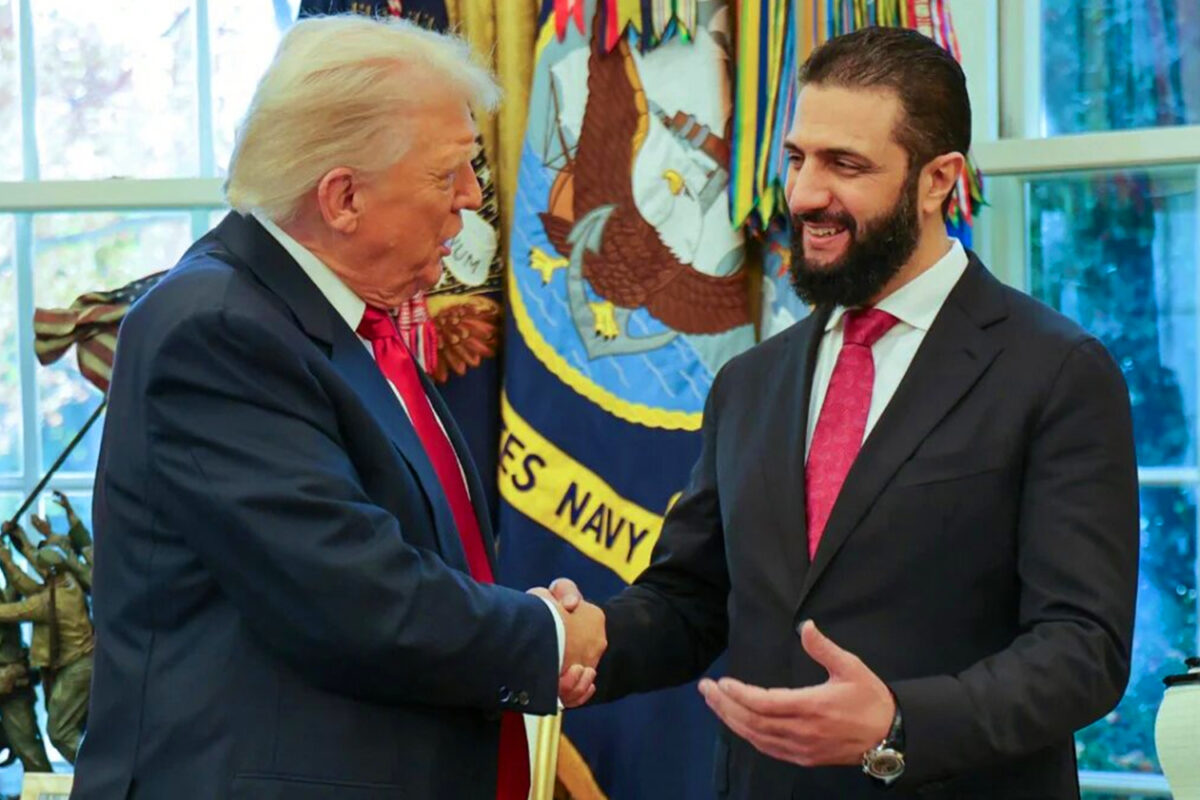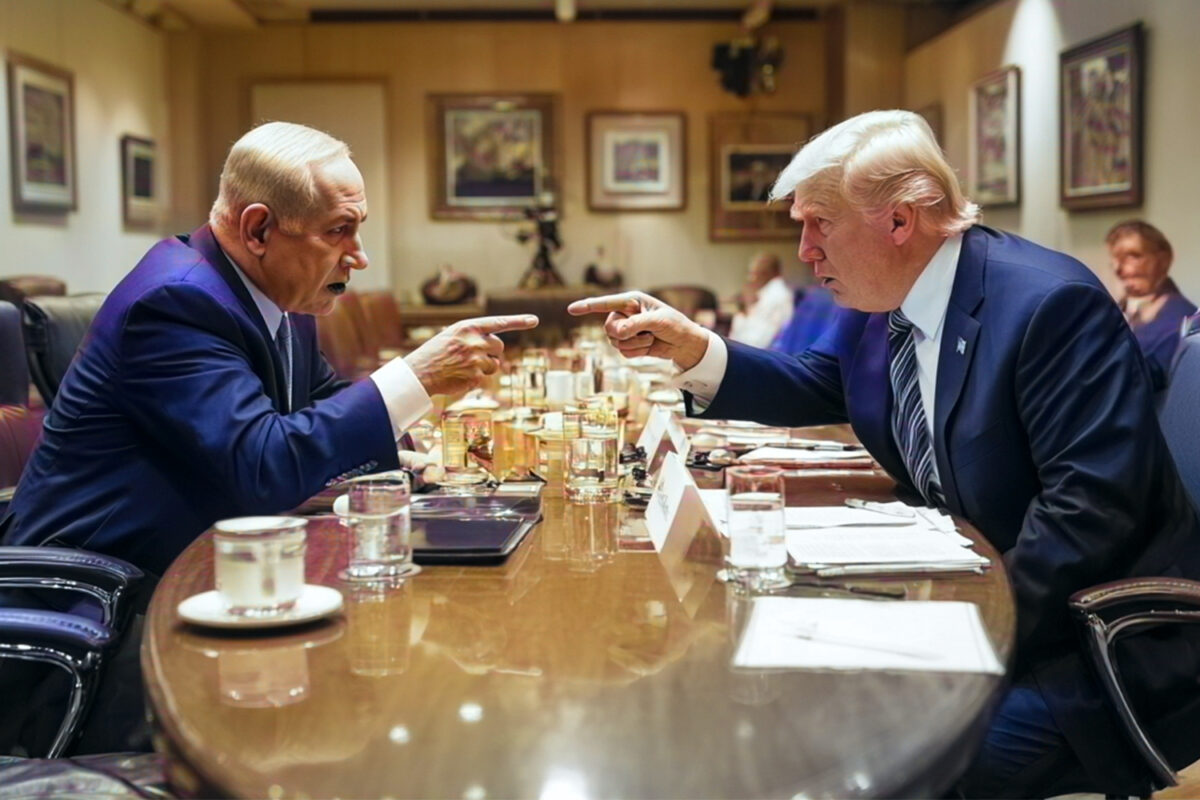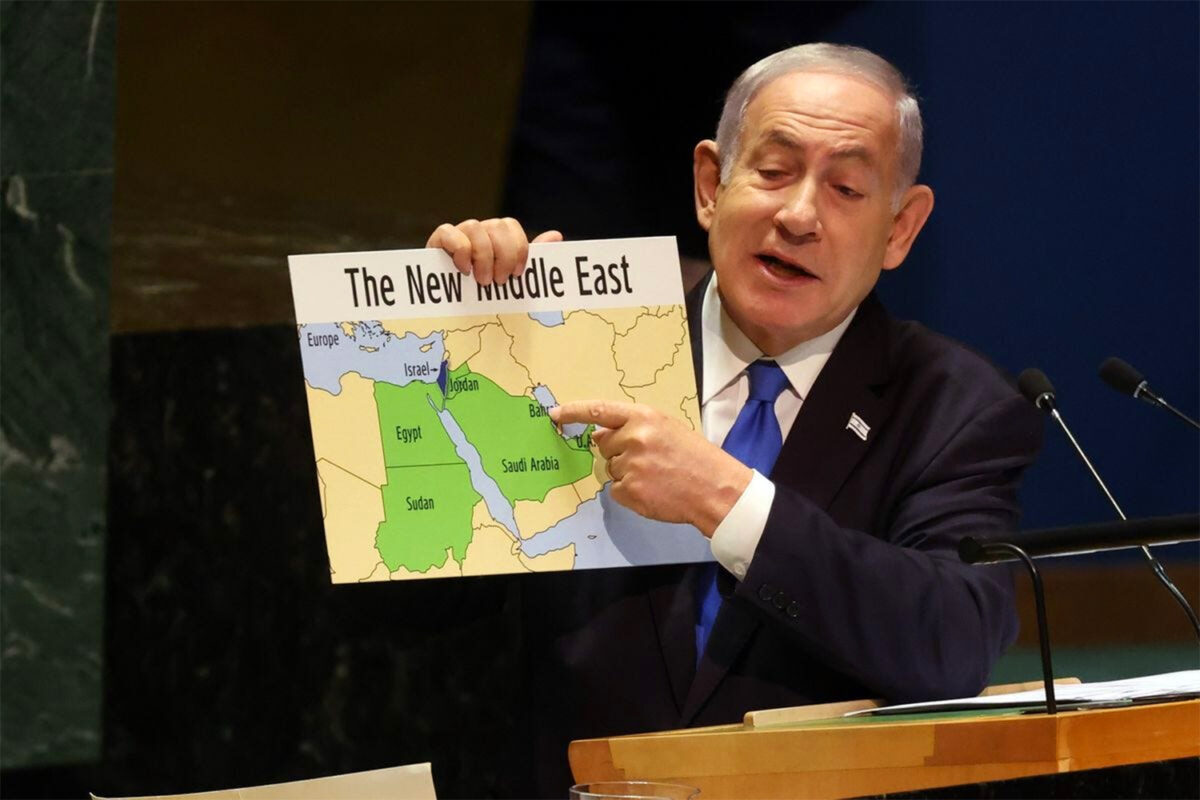The ceasefire in Gaza, hailed as a breakthrough barely two weeks ago, is already on the brink of collapse. Israel has now effectively reignited the war, not as a miscalculation, but as part of a calculated strategy to reshape Gaza’s future on its own terms.
On the 28th October, the Israeli Prime Minister’s office confirmed that Benjamin Netanyahu had ordered the military to immediately launch forceful strikes in the Gaza Strip. Israel claimed its forces in Rafah came under attack by Hamas fighters, a claim Hamas firmly rejected, stating it had “no relation to the shooting incident in Rafah” and reaffirming its commitment to the ceasefire agreement. Netanyahu has shown little interest in maintaining the truce, continuing to make demands that Hamas could never realistically deliver. The second phase of the peace deal, which would see the deployment of military forces from Muslim nations in Gaza, remains unacceptable to Israel because it would restrict its designs on the territory.
The Fragile Origins of the Deal
Following Israel’s unprecedented attack on Qatar on the 9th of September, US officials rushed to build a ceasefire framework. This effort culminated in President Donald Trump’s visits to Israel and Egypt on the 13th of October, first addressing the Knesset and meeting the families of Israeli hostages, then traveling to Sharm el-Sheikh for an international summit convened by Egyptian President Abdel Fattah el-Sisi. It was there that Muslim leaders and other regional players formally endorsed what became known as the Trump Peace Plan for Gaza.
Yet from the very start, Israel moved to undermine the deal. It accused Hamas of violating the agreement due to delays in returning 28 deceased Israeli bodies. Hamas pledged to return all 28, but explained that many remained buried under rubble, with entire neighbourhoods flattened and recovery operations crippled by a lack of heavy equipment and DNA testing facilities.
from the very start, Israel moved to undermine the deal
Despite this, Netanyahu ordered the Rafah crossing between Gaza and Egypt to be blocked, halving the flow of desperately needed aid trucks that had only recently resumed after months of Israel’s starvation strategy. Israel’s bombardment, which dropped the equivalent of multiple nuclear bombs on Gaza, had already decimated infrastructure and trapped tens of thousands beneath the debris. The expectation that Hamas could flawlessly locate Israeli remains under these conditions was unrealistic, and Israel knew it.
Adding to the obstruction, Israel refused to allow Turkish and Qatari recovery teams to enter Gaza to assist in locating and retrieving bodies. According to officials speaking to The Times of Israel, these teams would have worked alongside representatives from Israel, the US, and Egypt. Since the ceasefire’s signing on the 10th of October, Israeli forces have continued their attacks, killing at least 94 Palestinians, according to Gaza’s Health Ministry.
The “New Border”
 Under Trump’s peace deal, over 50% of Gaza remained under Israeli military control. The Israeli army has since installed yellow concrete markers every 200 metres to delineate the area under its occupation, a line that Israeli media increasingly refer to as a “new border.” Since the ceasefire began, Israeli forces have killed an average of 20 Palestinians per day, mostly for approaching these yellow lines.
Under Trump’s peace deal, over 50% of Gaza remained under Israeli military control. The Israeli army has since installed yellow concrete markers every 200 metres to delineate the area under its occupation, a line that Israeli media increasingly refer to as a “new border.” Since the ceasefire began, Israeli forces have killed an average of 20 Palestinians per day, mostly for approaching these yellow lines.
Even more troubling, satellite and drone imagery shows Israel pushing the boundary well beyond agreed limits. In the north near al-Atatra, markers have been placed up to 520 metres deeper inside Gaza; in the south near Khan Younis, up to 290 metres. What was supposed to be a transitional arrangement has become a creeping territorial redefinition, a de facto partition.
Post-Hamas Ambitions
Israel’s long-stated objective has been to disarm Hamas and erase its governance role in Gaza. Even while violating the ceasefire, Israeli officials continue to insist that Hamas must disarm before any political progress can be made.
Trump’s envoys for Gaza, Steve Witkoff and Jared Kushner, made this explicit in an interview with CBS’s 60 Minutes: “The success or failure of the deal depends on whether Israel and the international mechanism can create a viable alternative to Hamas. If they succeed, Hamas will fail, and Gaza will no longer be a threat to Israel.” In essence, the “peace plan” was never designed for reconciliation, it was structured as a post-Hamas framework for total Israeli control.
Hamas, under immense pressure from Qatar and Egypt, reluctantly accepted the Israeli-American plan. Though Muslim rulers presented it as a joint Arab initiative, Netanyahu altered key provisions after their endorsement. In exchange for agreeing to disarm, Hamas was promised that Muslim countries would contribute military forces to oversee Gaza’s stabilisation, a promise now mired in doubt.
The Muslim Troop Dilemma
The second phase of the peace plan envisioned a multinational force to secure Gaza. US Secretary of State Marco Rubio emphasised that Israel must approve the national composition of that force, effectively giving Israel veto power.
After standing by for two years during the devastating war, Muslim leaders have suddenly become eager to participate in Gaza’s security. Yet this new involvement has triggered internal rivalries. King Abdullah of Jordan first pledged to send troops, then abruptly reversed his decision. Qatar, Egypt, Jordan, Pakistan, Malaysia, and Indonesia have all been mentioned as possible contributors, but none have formally committed.
The most formidable obstacle to this phase, however, remains Israel itself. It opposes Turkish participation outright and demands command and control over the mission. The United States has largely backed Israel’s stance, allowing it final say over the force’s structure — ensuring it serves Israeli, not Palestinian, security objectives.
From Israel’s perspective, foreign troops could obstruct its plans to consolidate territorial gains. Israel now effectively holds the Golan Heights, dominates southern Lebanon, and is expanding across the West Bank. Half of Gaza remains under its occupation, and the remainder is within reach. A stabilisation force would be an obstacle, not a solution, to Israel’s ambitions.
After standing by for two years during the devastating war, Muslim leaders have suddenly become eager to participate in Gaza’s security
The Trump Factor
Trump’s attention span on foreign policy is notoriously short, raising doubts about whether he will maintain focus on the Gaza peace process. Israel is aware of this and may exploit it to undermine or abandon the deal altogether. Without sustained American pressure, Netanyahu faces no meaningful constraints and can continue pursuing a strategy of permanent control under the guise of “security management.”
Every indicator suggests that Israel is positioning itself not for coexistence, but for permanent strategic dominance over Gaza. The ceasefire was never treated as a peace settlement, but as a temporary pause to reconfigure power on the ground.
Whether Trump remains engaged or not will affect timing, but not trajectory. Unless Muslim states assert genuine independence within the security framework, and unless the international community enforces clear red lines, the Gaza peace deal will not survive its second phase. For now, all momentum points toward escalation, not stabilisation. Gaza’s fragile peace looks increasingly like the prelude to another chapter of occupation and war.




